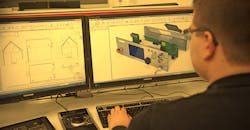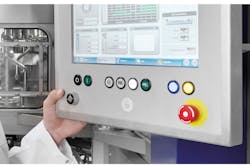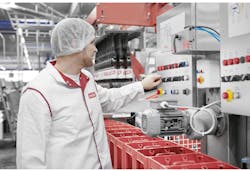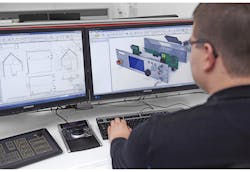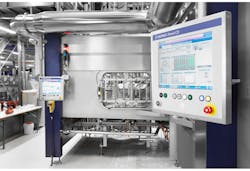Traditional singular technology thinking by engineers—using one technology to solve a problem—is no longer enough to be successful in human machine interface (HMI) design. Engineers must venture outside the box to facilitate effective solutions that satisfy the diverse range of end-user requirements in today’s rapidly changing landscape. Being a design engineer for user interfaces is both exciting and dynamic, but poses many challenges. Among a vast array of developing opportunities, one singular technology or product can no longer serve as the complete solution to all HMI design problems.
Unlike in the past, the HMI is now considered a critical element of the design process. It often serves as the “heart” of the device and can ultimately determine the equipment’s success or failure in terms of usability. A “mixed technology” approach configures directly to customer HMI requirements and is necessary to address the complexities and variety of operator demands. Colors, graphics, illumination, control types, functions, and technologies, can all be customized to provide multi-functionality within one unit.
As the core control between man and machine, HMIs must be intuitive, effective, dynamic, and ergonomic. To ensure an effective HMI design is provided, we must define the operator, understand the application requirements, and select the right mix of control technologies. Control combinations can include mixed technologies of electromechanical components, keyboards, touchscreens, pointing devices, and more.
Using mixed technologies differentiates functions, increases operator usability, and can control overall production costs. Furthermore, the flexibility of a mixed technologies approach offers a competitive advantage to the customer, creates product differentiation and satisfies the need for consolidated control panels.
Singular technology solutions can often cause user frustration and potentially negative brand recognition, as was evident in the automotive industry a few years back. Many manufacturers installed touch-only controls to provide a sleek, futuristic approach. While there was mostly positive feedback on the appearance, there was a stark contrast in the responses regarding functionality.
Touch technologies can be confusing due to a lack of familiarity and intuitiveness, distracting to the driver, inconsistent in operation with gloved hands, have sensitivity issues, and offer limited haptics. This design flaw was eventually alleviated when modern cars adapted a mixed technology approach. Touch-sensitive controls and screens have been combined with more traditional and familiar pushbuttons, rotaries, toggles, etc., to effectively negate the difficulties originally posed by singular technology solutions.
Similar mixed technology approaches have also experienced success in medical equipment, transportation control panels, industrial kitchen equipment and more. The design world is continually evolving and creating a vast array of unique application requirements. HMI design is following suit, and engineers must consider a mixed technologies approach to remain effective as successful HMI providers.
